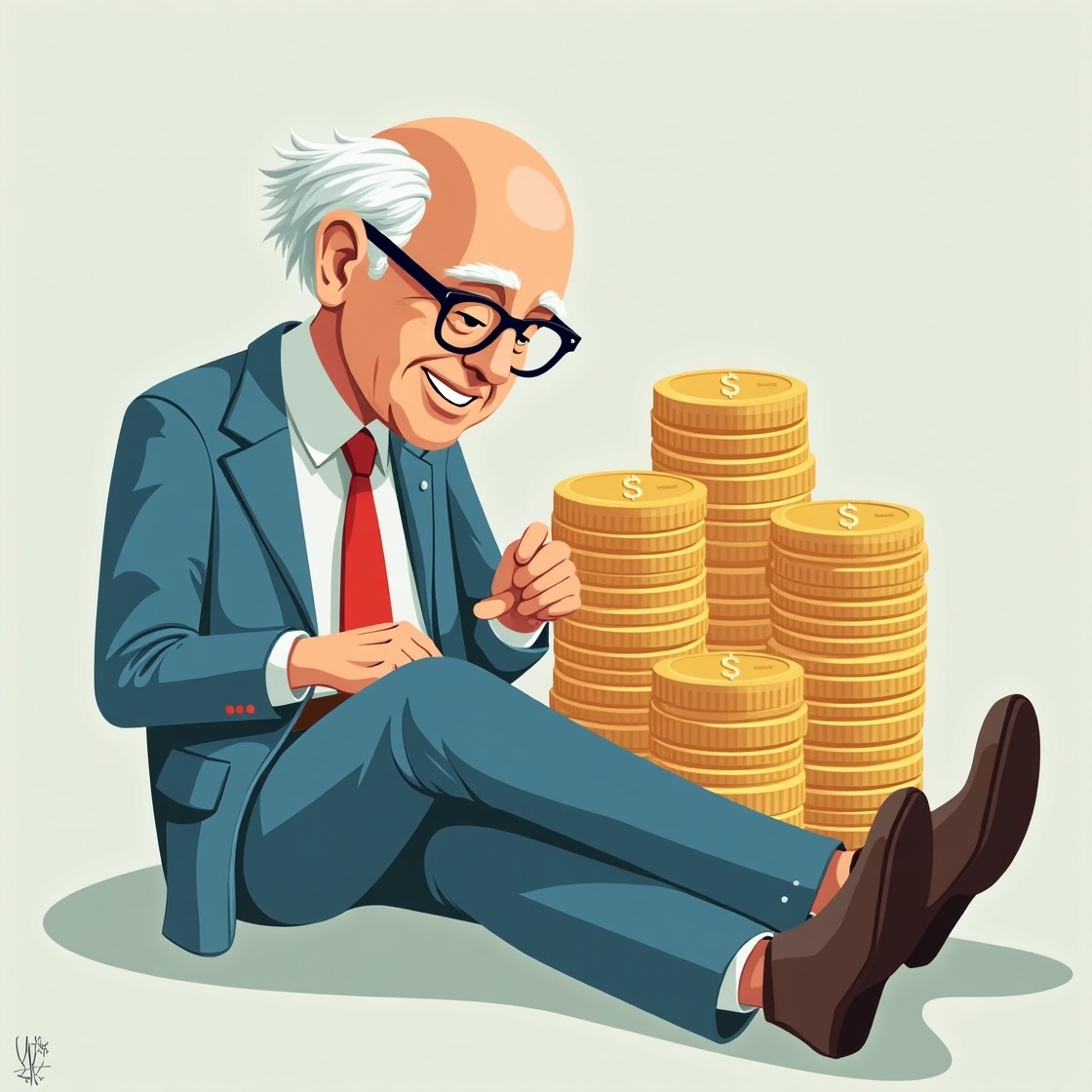Why $100 Is Enough to StartBefore we dive into the how, let’s tackle the why. Many beginners assume they need a fortune to invest, but history proves otherwise:
If you’d invested 100 in Amazon’s 1997 IPO, it would be worth∗∗100 in Amazon’s 1997 IPO, it would be worth∗∗240,000** today.
A 12,000** by 2023 (assuming dividends are reinvested).
While past performance doesn’t guarantee future results, these examples show how small sums can compound into significant wealth. The key? Starting early, staying consistent, and letting time work its magic.
Step 1: Define Your Goals
Ask yourself: Why am I investing? Your goals will shape your strategy:
- Short-term (1–3 years): Saving for a vacation or emergency fund? Stick to low-risk options like high-yield savings accounts.
- Long-term (5+ years): Building retirement savings or generational wealth? The stock market is your best bet for growth.
For this guide, we’ll focus on long-term investing—the most effective way to grow 100into100into1,000 (or more).
Step 2: Open the Right Account
You’ll need a brokerage account to buy stocks or ETFs. Here are beginner-friendly options with low/no minimums:
| Platform | Best For | Fractional Shares? |
|---|---|---|
| Fidelity | Low fees, research tools | Yes |
| Robinhood | Commission-free trades | Yes |
| M1 Finance | Automated investing | Yes |
| Betterment | Robo-advisor simplicity | Yes |
Pro Tip: If you’re saving for retirement, open a Roth IRA. Contributions grow tax-free, and you can withdraw penalty-free after age 59½.
Step 3: Invest in Your First Assets
With $100, diversification is key. Instead of gambling on meme stocks, focus on:
A. ETFs (Exchange-Traded Funds)
ETFs let you own hundreds of stocks in one purchase. Top picks for beginners:
- VOO (Vanguard S&P 500 ETF): Mirrors the 500 largest U.S. companies. Historical return: ~10% annually.
- SCHD (Dividend ETF): Pays steady dividends from reliable companies like Coca-Cola and Home Depot.
- NDAQ (Nasdaq-100 ETF): Tech-heavy growth (Apple, Microsoft, Amazon).
B. Fractional Shares
Can’t afford a full Amazon share (175)?Buyaslicefor175)?Buyaslicefor10. Platforms like Robinhood and Fidelity let you invest in fractions of 1,000+ stocks.
C. Robo-Advisors
Services like Betterment or Wealthfront build and manage a diversified portfolio for you. Perfect for hands-off investors.
Step 4: Automate Your Investments
Consistency trumps timing. Set up automatic 25–25–50/month transfers to grow your 100 starter fund. Here’s how 100/month could grow:
| Years | Total Invested | Value at 7% Return |
|---|---|---|
| 10 | $12,000 | ~$17,000 |
| 20 | $24,000 | ~$52,000 |
| 30 | $36,000 | ~$122,000 |
Assumes a 7% average annual return (the S&P 500’s historical average).
Step 5: Reinvest Dividends
Turn on DRIP (Dividend Reinvestment Plan) in your brokerage account. This automatically uses dividends to buy more shares, accelerating compound growth.
Example: If you own SCHD (3.5% dividend yield), a 100 investment would earn 3.50/year in dividends—reinvested into more shares.
Step 6: Stay Patient and Avoid These Mistakes
- Chasing “Hot” Stocks: Meme stocks and crypto are lotto tickets, not investments.
- Checking Daily: Markets fluctuate—focus on decades, not days.
- Paying High Fees: Avoid funds with expense ratios above 0.5%.
FAQ: Answering Common Beginner Questions
Q: Is $100 enough to make money?
A: Absolutely. The goal isn’t to get rich overnight but to build habits that grow wealth over time.
Q: What if I lose money?
A: All investing carries risk, but broad-market ETFs like VOO have never lost money over a 20-year period.
Q: When should I add more funds?
A: Invest extra cash whenever possible—even $10/week adds up.
Final Word: Start Today
Warren Buffett started with 114.75. What’s stopping you from beginning with 114.75? What’s stopping you from beginning with 100? Open your brokerage account, buy your first ETF, and let compound interest do the heavy lifting. Remember: The best time to start investing was yesterday. The second-best time is today.
Disclosure: The Motley Fool holds positions in Amazon and recommends Vanguard ETFs. Always conduct your research before investing.
